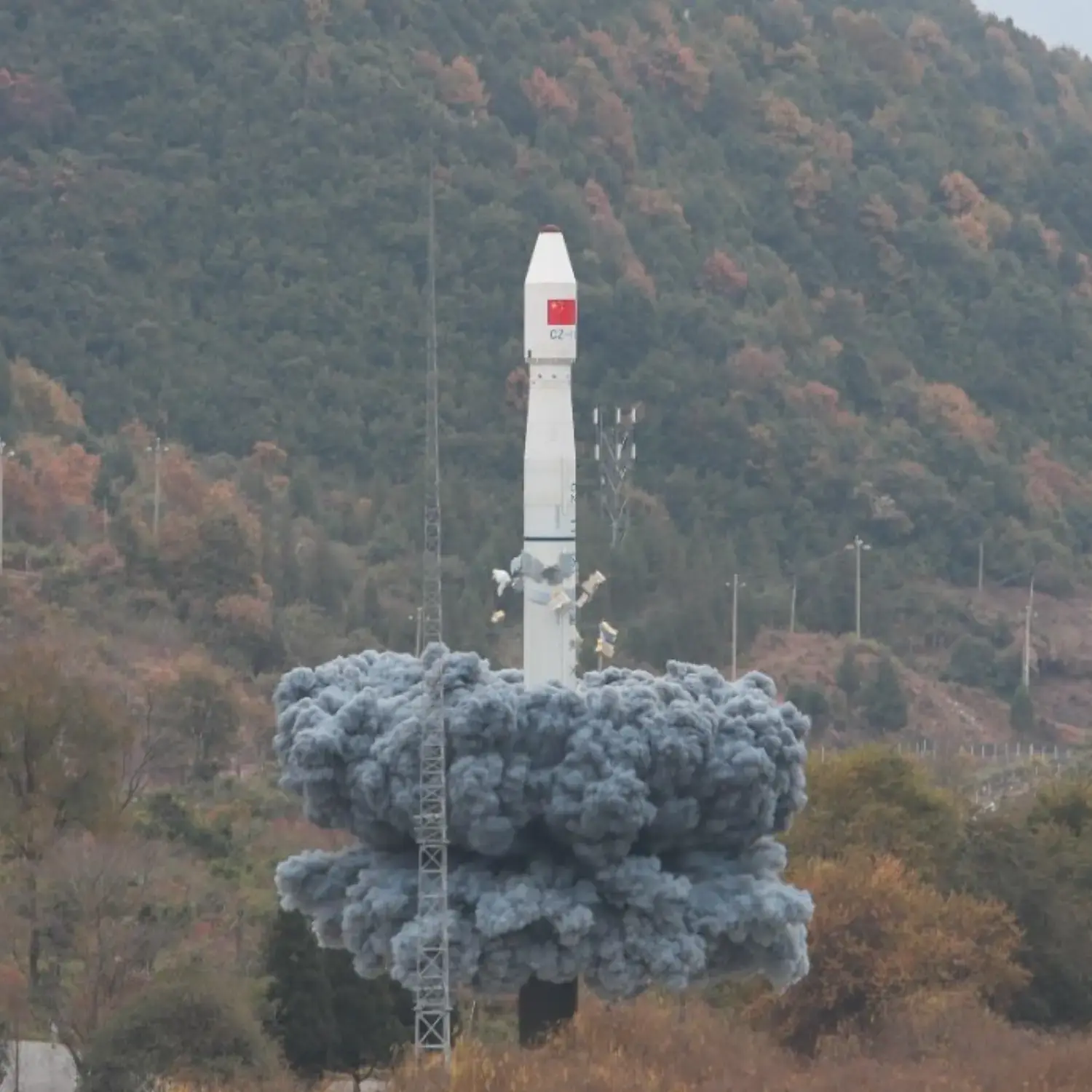/
GECAM 1 & 2
Launch Success
Liftoff Time (GMT)
20:14:43
Wednesday December 9, 2020
Mission Details
Read Article
Launch Notes
First flight of a CZ-11 made in Haiyang, instead of Xi'an.
GECAM
GECAM (Gravitational Wave High-energy Electromagnetic Counterpart All-sky Monitor), is a Chinese gamma and X-ray space observatory consisting of two satellites placed in low earth orbit in opposition. The main objective of this mission is to detect and locate the electromagnetic counterparts of the gravitational waves observed by ground-based instruments such as LIGO. GECAM is one of the four missions of the second phase of the Chinese Academy of Sciences' scientific space program. The GECAM project is a consequence of the first successful observation of gravitational waves by the LIGO observatory. The Beijing High Energy Institute proposed the development of a mission with two opposing satellites in low earth orbit. In this position, these satellites continuously observe gamma radiation over the entire sky to detect the electromagnetic counterpart of the events at the origin of the observed gravitational waves. The two GECAM satellites are identical. In the shape of an elongated parallelepiped with a hemispherical end carrying the detectors, they have a mass of about 140 kilograms and are stabilized on 3 axes. GECAM observes radiation with an energy between 6 keV and 5 MeV (X-ray and gamma radiation). The resolution is about 1 degree. The spectral resolution is 6.5% (FWHM) at 662 keV and 3.2% at 1332 keV. Both satellites provide complete coverage of the sky at all times. The satellites use two types of detectors that cover the hemisphere at their tip : - 25 GRD (Gamma-ray detectors) using a scintillation detector based on a LaBr3 crystal, which has the advantage of being mass-produced. The crystal is associated with 64 silicon photomultipliers. - 8 CPD (Charged particle detectors)
Low Earth Orbit
2 Payloads
280 kilograms
Rocket


Agency
CASCPrice
$5.30 million
Rocket
Height: 20.8m
Payload to Orbit
LEO: 530 kg
GTO: 2 kg
Liftoff Thrust
1,176 Kilonewtons
Fairing
Diameter: 2m
Height: 5m
Stages
4
Launch Site
Stats
Long March 11
11th
Mission
3rd
Mission of 2020
2020
103rd
Orbital launch attempt